Create High-Tech Packaging for Electronics Success
-
By: Caroline Ray
-
January 20, 2025
Do you know that the right packaging can make or break your electronic product’s success in the market? As eCommerce brands strive to enhance their brand identity and protect delicate electronics, high-tech packaging emerges as a critical factor. Effective packaging not only safeguards your devices from static electricity and heat, but it also elevates your brand’s presence in the competitive landscape. Explore how cutting-edge materials and smart solutions can transform your packaging, offering an unboxing experience that resonates with customers and keeps your brand at the forefront. Let’s delve into the strategies for creating high-tech packaging that ensures success.
What is High-Tech Packaging for Electronics?
High-tech packaging for electronics plays a crucial role in safeguarding devices while simultaneously enhancing brand perception. Precision in packaging design not only protects products from physical damage during transit but also shields them from electrostatic discharge and environmental threats. This dual role ensures that electronics remain functional upon arrival while creating a memorable impression on consumers. Packaging serves as an extension of a brand, communicating its values and attention to detail, which can significantly influence purchasing decisions. A well-designed package becomes a silent salesperson, reinforcing brand loyalty and setting companies apart in a competitive market.
Common challenges in electronic packaging include:
- Static electricity, which can damage sensitive components.
- Heat dissipation, ensuring devices do not overheat.
- Environmental impact, focusing on reducing waste.
- Fragility, requiring strong and durable materials.
- Theft prevention, necessitating secure packaging solutions.
Opportunities in high-tech packaging design lie in the adoption of advanced materials and smart solutions. These innovations can enhance safety and consumer appeal by providing added protection and reducing environmental impact. Materials such as biodegradable plastics and recycled components not only address sustainability concerns but also align with consumer preferences for eco-friendly products. Furthermore, incorporating smart packaging technologies like RFID and interactive elements not only enhances functionality but also enriches the consumer experience, offering brands a competitive edge in the marketplace.
Innovative Material Selection for Electronic Packaging

Material selection in electronic packaging significantly impacts both the protection of devices and the brand’s image. High-tech packaging must balance durability, functionality, and aesthetics to meet consumer expectations and enhance brand perception. The choice of materials directly influences these attributes, making it a critical consideration in the design process.
Sustainable Materials
Sustainability in packaging is increasingly prioritized as consumers demand eco-friendly solutions. Recycled cardboard is a popular choice, providing a lightweight yet sturdy option for electronic packaging. This material not only reduces waste by repurposing used paper products but also offers customization options to align with brand aesthetics. Low-impact inks further enhance sustainability, minimizing environmental harm during the printing process. These inks, derived from natural sources, ensure that packaging remains visually appealing without compromising on environmental responsibility.
Advanced Materials
Advanced materials in packaging provide enhanced durability and functionality, essential for protecting delicate electronic components. Corrugated cardboard is a prime example, known for its strength and flexibility. Its layered structure offers superior protection against impacts and compression, making it ideal for shipping electronics. Additionally, materials that incorporate anti-static properties are crucial for safeguarding sensitive electronic devices from electrostatic discharge. These advanced options ensure that products arrive in pristine condition, maintaining consumer trust and brand reputation.
Visual appeal plays a vital role in material selection, as it directly influences consumer perceptions. Packaging that combines innovative materials with striking designs can captivate consumers, making a lasting impression. The tactile feel of materials and the quality of print can convey a sense of luxury and attention to detail, reinforcing brand values. Thus, selecting materials that offer both aesthetic appeal and functional benefits is essential for creating successful high-tech electronic packaging.
Design Principles for Protective Electronic Packaging
Protective design in electronic packaging serves a vital role in ensuring that products reach consumers in perfect condition. The durability of packaging directly impacts the safety of electronic devices, shielding them from potential damage during transportation and handling. By integrating key protective elements, brands can maintain product integrity and consumer trust. These design principles not only prevent physical damage but also uphold the brand’s image by delivering a faultless product presentation.
Protective Techniques
Incorporating protective techniques such as antistatic materials and shock-absorbing designs is essential for safeguarding electronic components. Antistatic materials are crucial for sensitive parts, preventing electrostatic discharge that can lead to malfunctions. These materials dissipate static electricity, ensuring that even the most delicate electronics remain unharmed. Shock-absorbing designs, on the other hand, are engineered to mitigate impacts. By using materials like foam inserts or specialized cushions within the packaging, the force of any physical shock is absorbed, protecting the contents effectively.
- Drop tests
- Vibration tests
- Temperature tests
Balancing protection with aesthetics is a key challenge in electronic packaging design. While protection is paramount, the visual appeal of packaging can’t be overlooked. A well-crafted package not only ensures the safety of the product but also enhances the unboxing experience, reinforcing the brand’s identity and values. This dual focus on protection and aesthetics allows brands to deliver an exceptional product presentation, leaving a lasting impression on the consumer.
Sustainability in Electronics Packaging

The demand for eco-friendly packaging solutions in the electronics industry is on an upward trajectory, driven by both consumer expectations and environmental mandates. Sustainable packaging not only addresses the growing concerns about waste and resource depletion but also enhances brand reputation by aligning with environmentally conscious values. As more consumers become aware of the ecological impact of their purchases, brands are increasingly pressured to adopt packaging practices that are both innovative and sustainable. This shift towards greener solutions is not merely a trend but a fundamental change in how electronics are packaged, focusing on reducing carbon footprints while maintaining functionality and appeal.
Materials and Techniques
Sustainable materials like recycled cardboard and biodegradable plastics are pivotal in reducing the environmental impact of electronic packaging. Recycled cardboard offers a dual advantage—repurposing waste material and providing a robust packaging solution. It is easily customizable, allowing brands to maintain their visual identity while committing to eco-friendliness. Biodegradable plastics present an alternative to traditional petroleum-based options, breaking down naturally and minimizing landfill contributions. These materials demonstrate a commitment to sustainability without compromising on protection or aesthetics.
Innovative designs also play a crucial role in waste reduction, employing techniques such as minimalistic packaging and modular designs that reduce material usage. Compact, efficient designs not only decrease the volume of resources required but also optimize shipping processes, further cutting down on environmental impact. By integrating these sustainable practices, companies can effectively reduce their packaging footprint, leading to a more sustainable production cycle.
Case studies illustrate the successful implementation of these concepts. Sony’s PlayStation 5 packaging, for instance, incorporates eco-friendly elements, setting a precedent in the industry for sustainable practices. This approach not only enhances the brand’s image but also resonates with environmentally conscious consumers. Similarly, Aigo Print Shop has been instrumental in offering sustainable packaging solutions tailored to the specific needs of electronics brands, assisting them in achieving both environmental and business objectives.
Smart Packaging Technology for Electronics
Smart packaging technology significantly elevates the functionality of electronic packaging by integrating advanced features that not only protect products but also enhance consumer interaction. By embedding intelligent solutions within packaging, brands can offer a more dynamic and engaging experience, which influences consumer behavior positively. These innovations provide added value, making the unboxing experience memorable and impactful, thus reinforcing brand loyalty.
RFID Technology
RFID (Radio-Frequency Identification) technology plays a pivotal role in enhancing tracking and security within packaging. By embedding RFID tags, companies can efficiently track product movement through the supply chain, ensuring timely deliveries and accurate inventory management. This technology also offers heightened security, as it helps in verifying product authenticity, reducing the risk of counterfeiting. RFID provides real-time data and insights, enabling brands to optimize logistics and enhance customer satisfaction by ensuring that products reach consumers securely and promptly.
- QR codes for consumer engagement
- Augmented reality features
- Smart sensors for product monitoring
These technologies align with consumer expectations for innovative and interactive packaging. By incorporating elements such as QR codes, augmented reality features, and smart sensors, brands can engage consumers in novel ways, transforming the simple act of unboxing into an immersive experience. Aigo Print Shop specializes in integrating such smart packaging solutions, ensuring that products are not only protected and tracked but also presented in a way that captivates and retains consumer interest. Through these advanced technological integrations, brands can meet the growing demand for interactive and intelligent packaging solutions, thereby gaining a competitive advantage in the market.
Final Words
Exploring how to create high-tech packaging for electronics reveals its critical role in safeguarding products and elevating brand identity. Overcoming challenges like static electricity and heat issues, while capitalizing on advanced, sustainable materials, positions eCommerce brands for success. Prioritizing eco-friendly options aligns with market demands, while smart packaging technologies add a modern touch.
By focusing on innovative designs and protective features, brands enhance customer satisfaction. Engaging packaging not only protects but also reinforces brand presence, leaving a lasting impression in a competitive market.
FAQ
What is the best packaging for electronics?
The best packaging for electronics involves using materials that protect against static electricity, manage heat dissipation, and maintain environmental safety. Corrugated cardboard and antistatic materials are common choices.
How do you make high quality packaging?
Creating high-quality packaging for electronics requires selecting durable materials, incorporating protective techniques like shock-absorbing designs, and ensuring the packaging supports brand identity through visual appeal.
What packaging is used for electronics?
Packaging for electronics typically involves corrugated cardboard, antistatic packing, and other protective features to safeguard against environmental and static hazards. Sustainable materials like recycled cardboard are also used.
How do you package electronics?
Packaging electronics involves selecting durable materials like corrugated cardboard, using protective techniques such as antistatic layers, and incorporating design elements that ensure shock absorption and heat management.

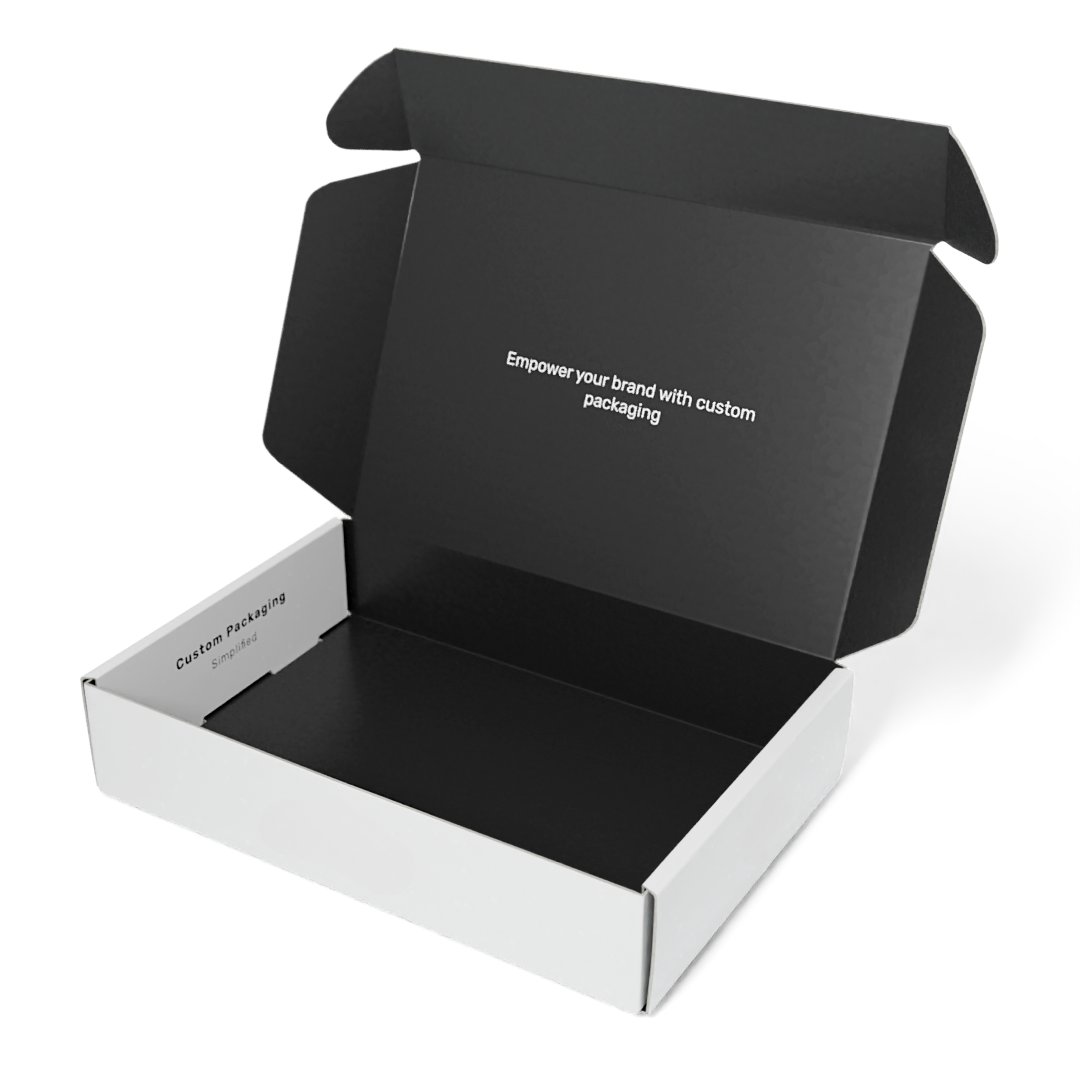
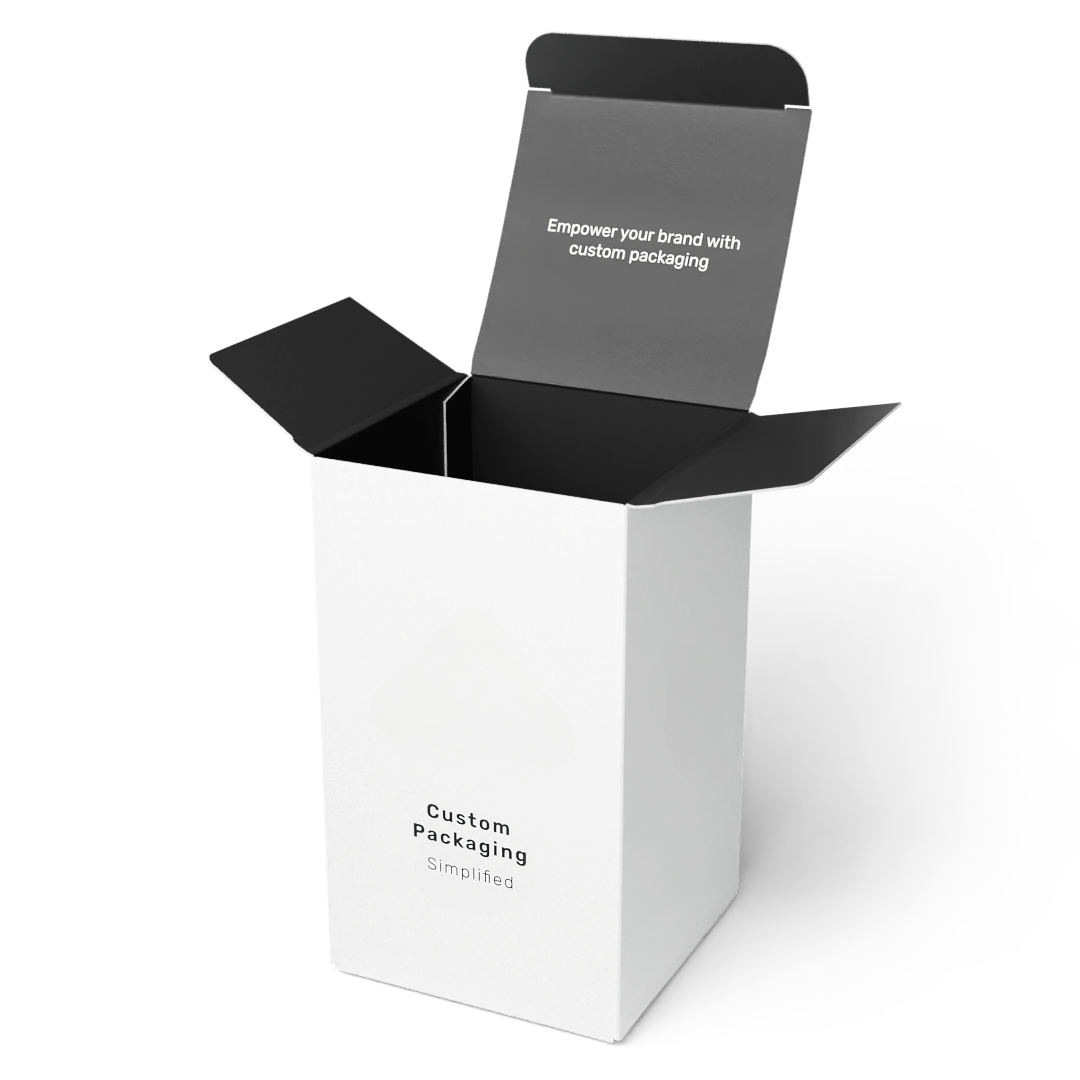

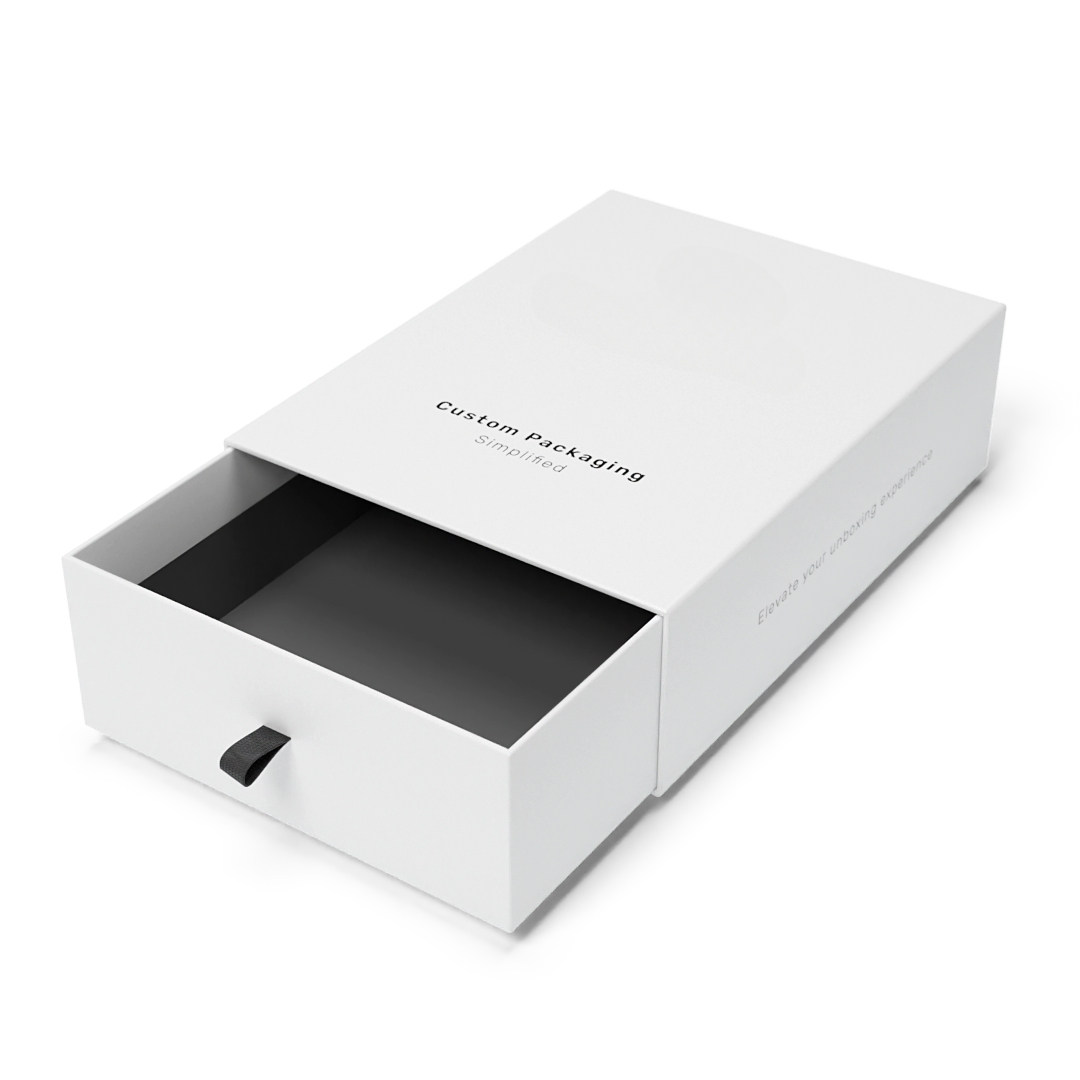
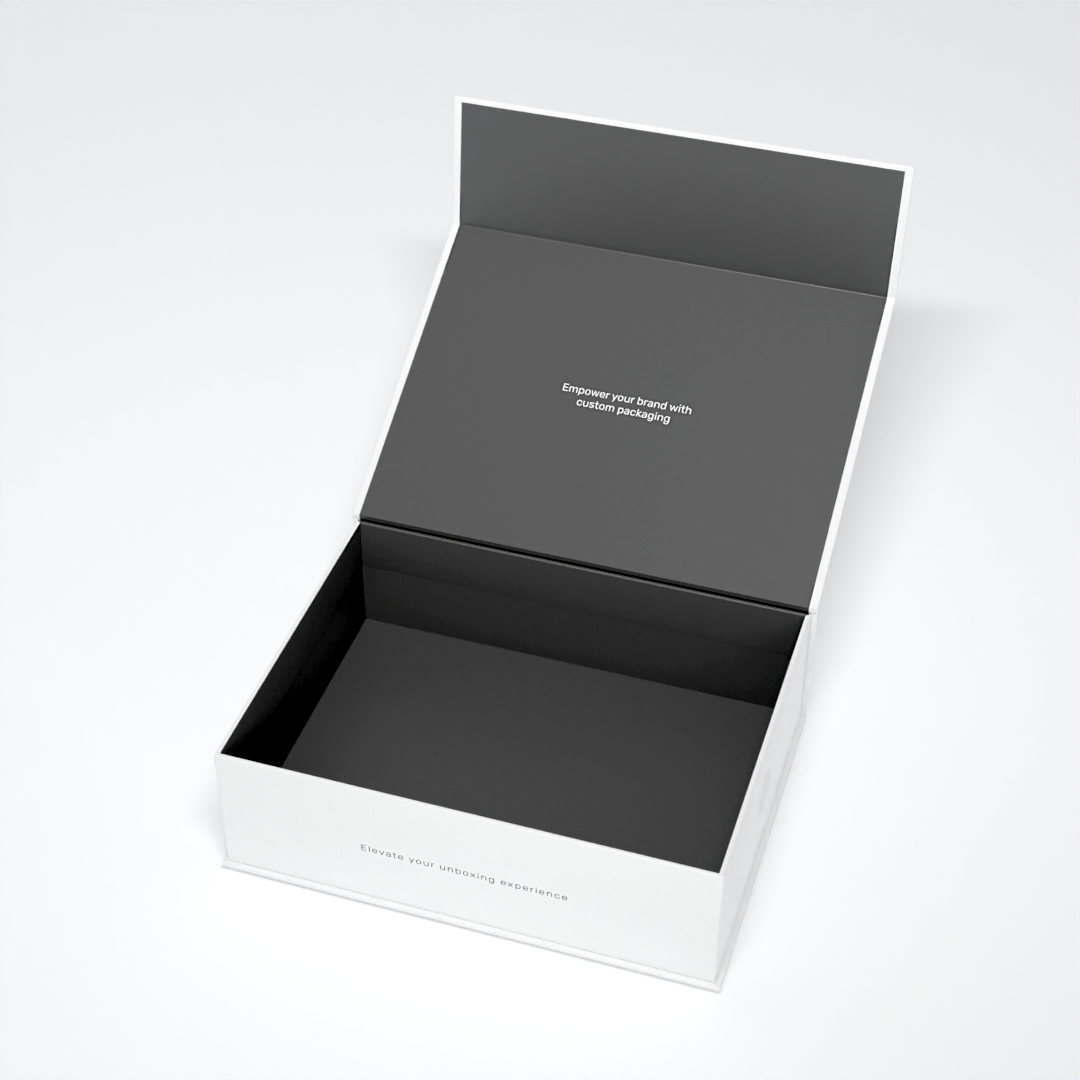


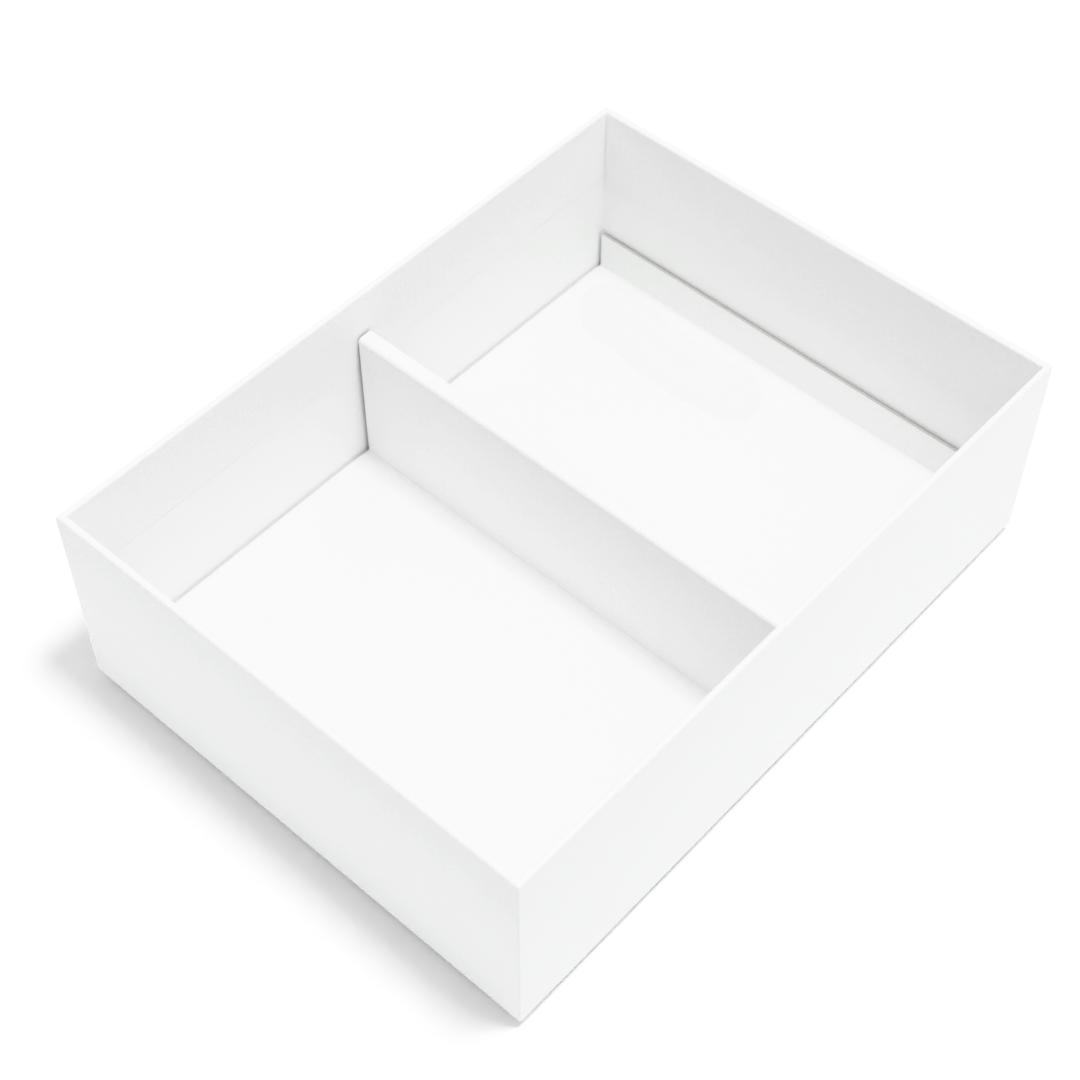
Leave a comment